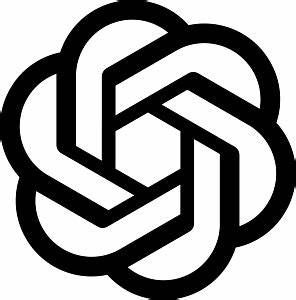Using AI Tools to Augment Artistic Creativity
- Rachel Goebel
- May 25
- 3 min read
If you're worried about AI replacing creative work, I understand the concern—but after testing it extensively, I believe the fear is overblown. Like the advent of photography or CGI, purely AI-generated content is easy to spot, and our brains are quick to adapt. As we become more accustomed to these tools, we'll recognize AI-produced work just like we recognize photoshopped images or enhanced audio.
I don't fear AI distorting reality in the long run. While AI is impressive, our desire for authenticity keeps us grounded. Let's take a different lens and look at how artists can use AI tools to enhance their creativity.
Streamlining the Writing Process: From Thought to Draft
I find writing a first draft can be the hardest part of any creative project. It’s often filled with procrastination and mental roadblocks. For me, moving away from a traditional desk setup has been crucial. I’ve found that using voice-to-text tools—specifically Otter.ai—is an excellent way to capture my stream of thought, whether for an article or creative piece. By simply speaking my ideas, I can bypass the frustration of sitting at a desk, all while staying in motion—often walking outside.
(If you like the idea of creating while in motion and want to explore it deeper, check my article about biohacking for creativity.)
After generating my initial draft through speech, I feed it into a large language model like ChatGPT or Gemini. Here’s where the real magic happens. I provide the AI with examples of my past work to match my style and tone, then ask it to refine my rough draft while still using my communication patterns. I also have it fact-check my statements and challenge my ideas with a devil’s advocate approach, which is crucial to maintaining artistic integrity.

This process eliminates a lot of the procrastination and frustration that often hinders progress. It helps me quickly get through the bulk of the work without being stuck at the computer for hours. It also increases my time outdoors, connecting with nature and keeping my creative juices flowing.
Visual Ideation: AI as Your Creative Partner
In addition to writing, I also use Gemini for visual ideation. I provide it with examples of my artistic work and ask it to generate new pieces based on my style. This back-and-forth exchange not only helps me discover new creative directions, but also builds my awareness of elements that make my work unique. I’ve found it valuable to see how AI recognizes my style while suggesting fresh ideas.
While my paintings are still created by hand, this collaboration helps me break through creative blocks and think outside the box. It’s a process I believe many artists can benefit from—especially when they hit a wall in their creative journey.
A Human-Centered Process
The key to using AI effectively in the creative process is ensuring it remains a human-in-the-loop approach. AI should not replace the artist, but rather enhance and accelerate the process. Much like Renaissance artists who worked with teams of artisans to fulfill their vision, modern artists can use AI to assist in aspects of their work that might be time-consuming or difficult.
AI tools offer a way for solo artists to access the support a traditional studio team might provide, making high-quality production more accessible.
In Summary:
Generate Ideas: Use AI for drafting and exploring ideas quickly.
Refine Drafts: Leverage AI for editing, fact-checking, and providing feedback.
Finishing Touches: Keep the final voice and vision of your work uniquely yours.
AI is a tool to empower creativity, not replace it. Use it to tackle the difficult parts of the creative process, while still retaining control over your artistic direction.
Your Next Step: Get Unstuck
We all have that one passion project we’ve been putting off. Whether it’s writing a book, painting a series, or starting a business, the hardest part is often just getting started. Here’s a quick challenge for you:
Set aside one hour to focus on your passion project. Tell ChatGPT about your project, and ask for feedback on its strengths and weaknesses. Then, get a step-by-step outline to help guide you from concept to completion.
This small investment of time could be the spark you need to finally move your project forward. AI is here to help you bridge the gap between where you are and where you want to be, making it easier to transform your creative dreams into reality.


Comments